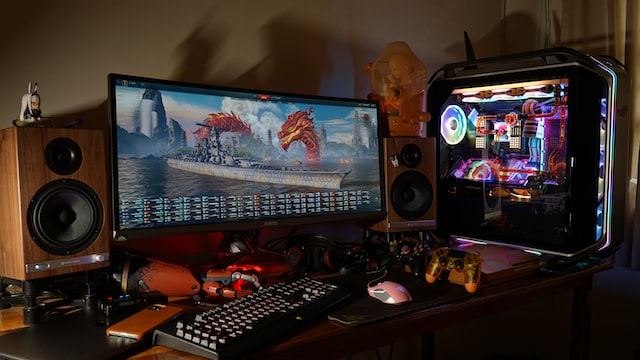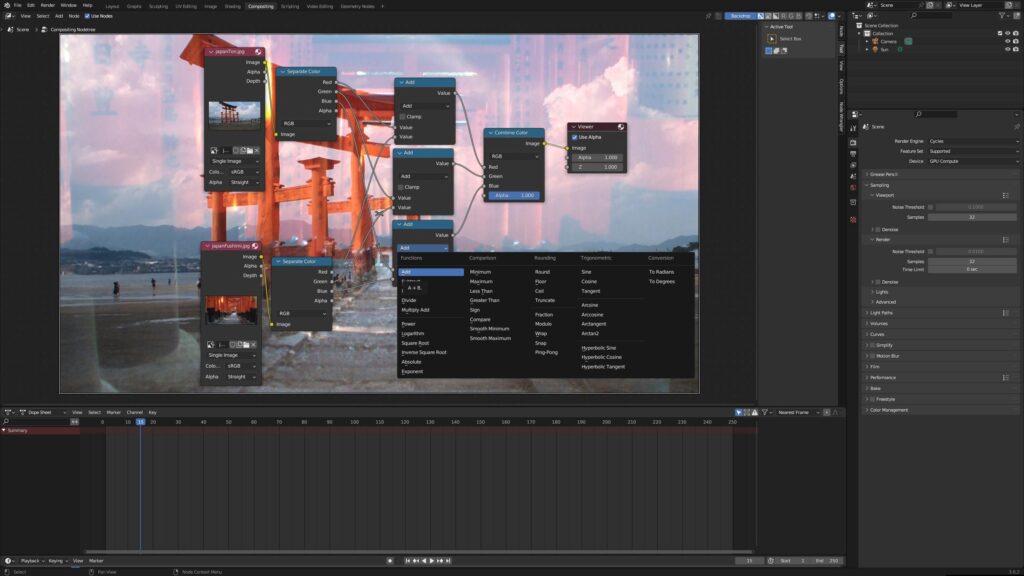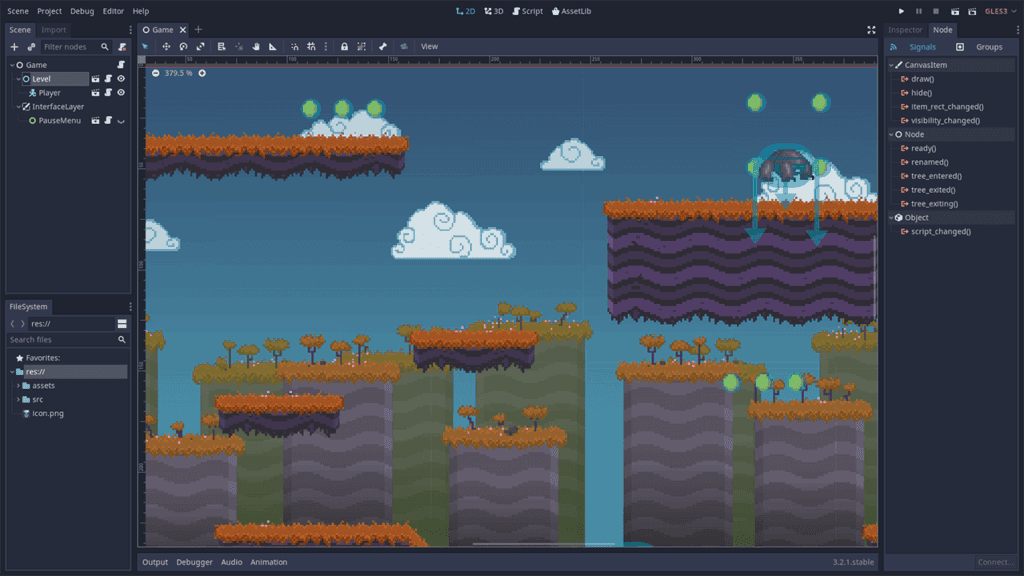The gaming landscape has exploded beyond single-platform confinement. Today, a successful game must bridge smartphones, consoles, desktops, and browsers to capture its full audience potential. This fragmentation makes choosing the best cross-platform game engines not just a technical decision, but a strategic business imperative.
For studios and indie developers alike, the engine forms the bedrock upon which accessibility, performance, and scalability are built. Navigating this complex terrain requires insight into how modern engines handle the unique demands of diverse hardware, operating systems, and input methods.
This article cuts through the noise, examining the best cross-platform game engines powering today’s hits, dissecting their technical strengths, and providing actionable guidance for aligning engine capabilities with your project’s vision and target platforms.
You may also like: The definitive guide to cross-platform games: what are they?
Discover the best cross-platform game engines for ambitious projects

Unity: The Versatile Workhorse for Global Deployment
Widely lauded as the Swiss Army knife of game development, Unity Technologies’ engine dominates cross-platform projects for compelling reasons.
Its architecture is engineered from the ground up for “build once, deploy anywhere” efficiency, supporting over 25 platforms, including iOS, Android, PlayStation, Xbox, Nintendo Switch, macOS, Windows, and WebGL. This reach is unmatched, making it ideal for studios prioritizing simultaneous multi-platform launches.
Unity’s technical prowess lies in its modular rendering pipeline and adaptive input system. Developers can customize the High-Definition Render Pipeline (HDRP) for console/PC visuals or leverage the Universal Render Pipeline (URP) for optimized mobile performance without rewriting core logic.
Its .NET-based C# scripting is approachable yet powerful, while the burgeoning Unity Asset Store offers thousands of pre-vetted cross-platform plugins for social features, analytics, or monetization, drastically reducing integration time.
Critically, Unity excels at balancing graphical fidelity with performance across differing hardware tiers. Games like Genshin Impact and Pokémon GO demonstrate its capacity to scale visuals from high-end PCs to older smartphones.
For teams eyeing emerging markets or diverse player hardware, this adaptability is paramount, and recent investments in Unity 6’s WebGPU support further solidify its position for browser-based gaming, a frontier gaining traction with cloud gaming services.
Unreal Engine 5: Cinematic Fidelity Meets Expanding Horizons

Epic Games’ Unreal Engine (UE5) has long been synonymous with AAA graphical brilliance, but its cross-platform capabilities have matured into a significant strength.
While historically associated with high-end consoles and PC, UE5 now delivers robust performance on iOS, Android, Switch, and via WebAssembly for browsers. Nanite’s virtualized geometry and Lumen’s dynamic global illumination adapt surprisingly well to high-tier mobile devices, while features like Universal Scene Description (USD) streamline asset porting across platforms.
What sets Unreal apart technically is its Blueprint Visual Scripting system. This node-based interface enables complex gameplay logic creation without deep C++ knowledge, significantly accelerating prototyping and iteration across different device targets.
When combined with its robust C++ API, teams can optimize critical code paths for specific platforms. The engine’s “One Unreal” toolset ensures that lighting, physics (via Chaos), and animation systems behave consistently, whether targeting mobile or PlayStation 5.
UE5’s content scalability shines through projects like Fortnite and Genshin Impact (which uses a hybrid Unity/Unreal approach). Its royalty model (5% after $1M revenue) remains attractive compared to upfront licensing fees.
For studios prioritizing cinematic quality alongside multi-device reach, particularly in RPGs, shooters, or open-world genres, UE5 is extremely compelling.
Godot 4: The Agile Open-Source Contender

Godot has surged in popularity, particularly among indie developers and studios prioritizing control and flexibility. Its lightweight architecture (under 100MB download) and permissive MIT license (zero royalties or fees) remove financial and legal barriers.
Godot 4’s true cross-platform strength lies in its elegant scene/node system and dedicated 2D engine, which operates with pixel-perfect precision independently of the 3D pipeline. This makes it exceptionally efficient for deploying 2D games to web, mobile, and desktop.
Technically, Godot shines through its cohesive design. The scene structure, where everything from a sprite to a level is a reusable scene, simplifies managing multi-platform variations. GDScript (Python-like syntax) enables rapid development, while full C# and GDExtension (C++, Rust) support handle performance-critical tasks.
Godot’s asset pipeline efficiently handles platform-specific resource conversion, and its community-driven documentation supports common cross-platform challenges. Games like Brotato and Dome Keeper showcase the engine’s prowess for 2D/3D hybrid deployment.
HTML5 Engines: The Browser-First Advantage
For games where instant browser accessibility is paramount, bypassing app stores entirely, lightweight HTML5 engines are indispensable. Frameworks like Phaser (JavaScript) and Three.js (WebGL) enable deployment across any modern browser, iOS, Android, and desktop. They leverage standard web technologies (WebGL 2.0/WebGPU) for hardware-accelerated 2D/3D rendering.
Phaser excels in 2D sprite-based games with physics, tilemap support, and mobile touch input handling. Three.js provides lower-level WebGL control for complex 3D experiences. Both benefit from minimal load times and seamless updates.
While they lack built-in editors (relying on code/third-party tools), their lightweight nature (<1MB runtime) suits hyper-casual, educational, or marketing-focused games requiring instant sharing. Studios often use them alongside Unity/Godot for web exports, as you can read in this other article of ours.
Technical considerations for cross-platform success

Selecting among the best cross-platform game engines demands honest assessment:
- Project Scope & Art Style: Photorealistic 3D AAA ambitions lean toward Unreal. Stylized 3D or complex 2D benefits from Unity’s toolset. Pixel art or lightweight 2D thrives in Godot or Phaser.
- Team Expertise: Unreal demands C++ or Blueprint proficiency. Unity leverages widespread C# knowledge. Godot suits Python/Rust/C# coders. JavaScript skills align with HTML5 engines.
- Performance Targets: High-fidelity 60fps on budget Android? Unity’s Burst compiler or Unreal’s mobile renderers help. Web-first? Prioritize HTML5 engine optimization.
- Monetization & Services: Consider built-in ad mediation (Unity LevelPlay), IAP systems, or multiplayer networking (Unreal Online Services). Godot often requires third-party plugins.
- Long-Term Costs: Weigh Unity’s per-seat fees, Unreal’s royalties, Godot’s free model (but potential tooling costs), and HTML5’s minimal overhead.
The future in a nutshell: cloud, AI, and beyond
No matter the right answer for you, the best cross-platform game engines are evolving beyond device compatibility. Unity and Unreal now integrate cloud-distribution features, enabling instant play via services like Xbox Cloud Gaming or NVIDIA GeForce NOW.
AI-assisted development, from automated testing to procedural content generation, is becoming embedded, as seen in Unity’s Muse and Unreal’s experimental AI tools. WebGPU support across Godot, Unity, and Unreal will further blur browser/native performance gaps. Choosing an engine supporting these trends future-proofs development.
The best cross-platform game engines dissolve technological barriers, letting creators like us focus on what matters: unforgettable player experiences accessible anywhere.
Here at Main Leaf, we’ve navigated these crossroads for over a decade. Whether you’re porting a mobile hit to consoles, optimizing a Unity title for low-end devices, or leveraging Godot’s efficiency for a web-first launch, our engineers specialize in maximizing your engine’s potential across every screen.
Ready to build without boundaries? So don’t hesitate to get in contact today and explore how our game development services transform cross-platform ambitions into global realities!

